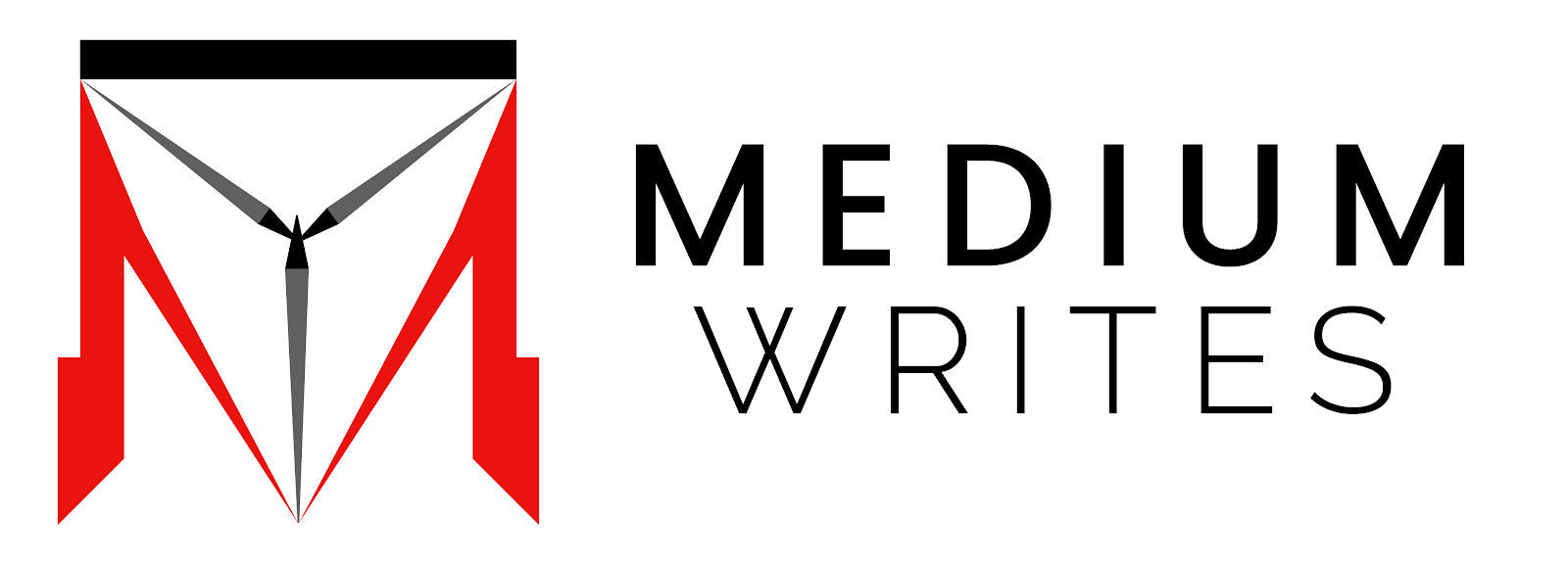In the rapidly evolving world of digital marketing, staying ahead of the competition is crucial.
"Unleash Your Campaign’s Potential: Elevate Your Performance Marketing Game" is a strategy designed to help businesses maximize their marketing efforts through data-driven decisions and continuous optimization.
This article will delve into the essential aspects of performance marketing, providing insights and practical examples to help you elevate your campaigns.
What A Typical Campaign Flow Looks Like Today
A typical performance marketing campaign flow consists of several stages: planning, execution, monitoring, and optimization.
Initially, marketers set their goals and identify their target audience.
Next, they choose the appropriate media channels and create compelling content.
Once the campaign is launched, it is continuously monitored using various analytics tools.
Based on the data collected, marketers make adjustments to optimize the campaign's performance.
Aspects Of The Campaign Flow That Give You An Edge
To gain a competitive edge, focus on these key aspects of the campaign flow.
1. Data-Driven Decisions
Use analytics to make informed decisions.
For example
A case study by McKinsey & Company found that companies using data-driven marketing strategies increased their ROI by 15-20%.
2. Automation
Implement marketing automation tools to streamline processes and increase efficiency.
According to a report by Salesforce, marketing automation can lead to a 30% increase in lead conversion and a 25% reduction in marketing overhead.
3. Personalization
Customize your campaigns to meet the individual preferences of your audience.
According to a study by Epsilon, personalized emails have an average open rate of 29.3%, compared to 22.6% for non-personalized emails.
Planning Media Channels: Key Considerations
Choosing the right media channels is crucial for the success of your campaign.
Consider the following factors.
1. Audience Demographics
Understand where your audience spends their time online.
For Instance
According to Pew Research, 73% of U.S. adults aged 18-24 use Instagram, making it a valuable platform for targeting younger demographics.
2. Channel Strengths
Each media channel has its unique strengths.
LinkedIn, for example, is highly effective for B2B marketing, with 80% of B2B leads coming from LinkedIn, according to the LinkedIn Business blog.
3. Budget
Allocate your budget wisely across channels that offer the best ROI.
For example
Google Ads provides an average ROI of 200%, according to WordStream.
Maximizing Ad ROI: Understand The Role Of Audience, Creative & Experience Optimization
Maximizing ad ROI requires a deep understanding of three core elements.
1. Audience
Accurately define and target your audience.
According to Nielsen, campaigns with high audience targeting accuracy can increase sales by up to 19%.
2. Creative
Invest in high-quality, engaging creative content.
Ads with strong visuals can boost click-through rates by up to 65%, as reported by HubSpot.
3. Experience Optimization
Ensure a seamless user experience from the ad click to the conversion.
A study by Google indicates that a one-second delay in mobile load times can impact mobile conversions by up to 20%.
Performance Monitoring & Campaign Optimization
Continuous monitoring and optimization are essential for maintaining and improving campaign performance.
Key practices include.
1. Regular Analytics Review
Monitor key performance indicators (KPIs) regularly to track progress and identify areas for improvement.
According to HubSpot, businesses that track their analytics are twice as likely to see higher returns on their marketing efforts.
2. A/B Testing
Conduct A/B testing to determine which versions of your ads and landing pages perform best.
For example
An A/B testing case study by Optimizely showed a 31% increase in conversions by testing different call-to-action buttons.
3. Feedback Loops
Implement feedback loops to gather insights from your audience and adjust your strategy accordingly.
According to PwC, 73% of consumers consider customer experience an important factor in their purchasing decisions.
In conclusion, elevating your performance marketing game involves understanding and optimizing each stage of the campaign flow.
By leveraging data, automation, personalization, and continuous optimization, you can unleash your campaign’s potential and achieve outstanding results in the competitive digital landscape.
Remember to use data-driven decisions, plan your media channels wisely, maximize ad ROI through audience understanding and creative content, and continuously monitor and optimize your campaigns for the best performance.




0 Comments